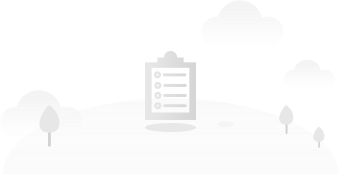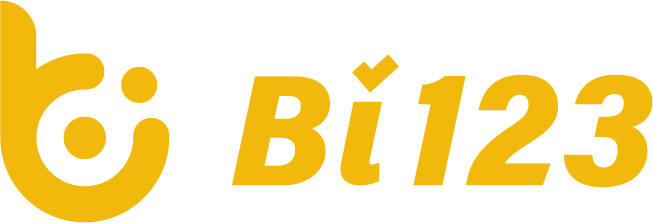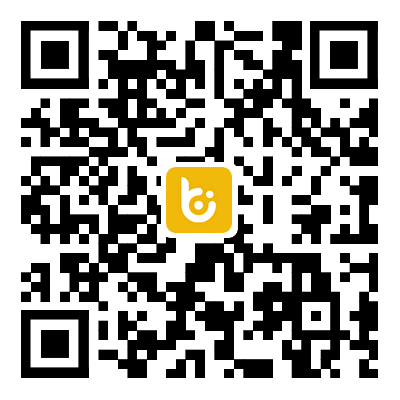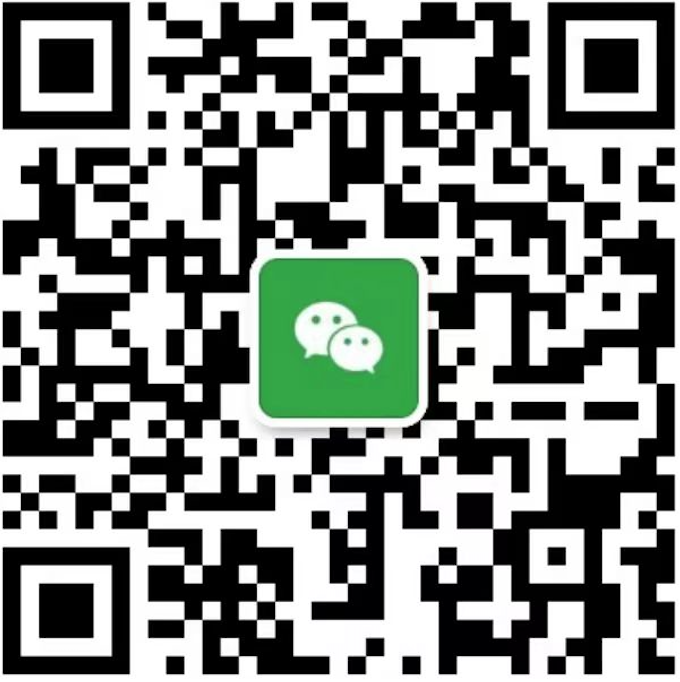
DIA
- #PoS
- #Binance Smart Chain Ecosystem
- #Decentralized Finance (DeFi)
- #Polkadot Ecosystem
- #Polygon Ecosystem
- #xDAI Ecosystem
- #Oracle
- #Binance BUSD
- 0.90097
- $26.93M
- $107.83MRank #367
- 119.68M
- Spot Markets
- Overview
- Market Data
Similar News
More Info- 06-04 10:00
The Binance World Championship Special: Trade $100 Each on Convert, Spot & Futures To Win...
- 06-03 22:00
MiCA Stablecoin Rules Implementation Announcement
- 06-03 10:15
Word of the Day: Test Your Knowledge on Life in Binance to Earn Binance Points...
- 05-31 15:00
Updates on Minimum Order Size for Spot and Margin Trading Pairs (2024-06-07)
- 05-30 21:28
Binance Futures Will Launch USDT-Margined TURBO Perpetual Contract With Up to 50x Leverage
Market Signal
More InfoCryptocurrency Calendar

NO DATA
What Is DIA (DIA)?
DIA (Decentralised Information Asset) is an open-source oracle platform that enables market actors to source, supply and share trustable data. DIA aims to be an ecosystem for open financial data in a financial smart contract ecosystem, to bring together data analysts, data providers and data users. In general, DIA provides a reliable and verifiable bridge between off-chain data from various sources and on-chain smart contracts that can be used to build a variety of financial [DApps].
DIA is the governance token of the platform. It is currently based on [ERC-20 ]Ethereum protocol.
The project was founded in 2018, while the token supply was made available to the public during the bonding curve sale from Aug. 3 through Aug. 17, 2020, where 10.2 million tokens were sold.
Who Are the Founders of DIA?
The DIA association was co-founded by a group of a dozen people, though Paul Claudius, Michael Weber and Samuel Brack are the leaders.
Claudius is the face of the project and its lead advocate, sometimes also mentioned as a CBO. He has a masters degree in international management from ESCP Europe and a bachelors in business and economics from Passau University. Apart from working on DIA, he is also a co-founder and CEO of BlockState AG and c ventures. Before crypto, he had worked as director for a nutrition company called nu3.
Michael Weber is DIA's Founder and Association President. He holds degrees in management from ESCP Business School and an economics and physics from University of Cologne, Germany.
He has worked in several banks and financial institutions before turning to crypto, where he founded such projects as Goodcoin, myLucy and BlockState.
Samuel Brack serves DIA in the role of CTO. Like both Claudius and Weber, he shares the same position at BlockState. He has a masters degree in computer science from Humboldt University of Berlin, where as of January 2020, he is still studying for his PhD.
What Makes DIA Unique?
DIA aims to become the Wikipedia of financial data. It specifically addresses the problem of dated/unverified/hard to access data in the world of finance and crypto, especially [DeFi], while proposing to solve it viaa system of financial incentives for users to keep the flow of open-source, validated data streams to the [oracles] up and running. The current design of oracles, DIA argues, is non-transparent, difficult to scale and vulnerable to attack.
The DIA governance token will be used to fund data collection, data validation, voting on governance decisions and to incentivize the development of the platform. Users can stake DIA tokens to incentivi`e new data to appear on the platform, but access to historical data though DIA is free.
Related Pages:
Check out [Chainlink], a decentralised oracle network for DeFi
[Tellor ]is another Ethereum-based oracle for DeFi and DApps
What is a [DAO]?
New to oracles and DeFi? Learn more with[ our glossary].
Ready for more? Check out our [blog] for the latest crypto news and insights.
How Many DIA (DIA) Tokens Are There in Circulation?
The total DIA token supply is limited with 200 million coins minted. 10 million tokens were initially sold at a private sale, 19.5 million are with early investors and advisors, Outlier Ventures being the largest. 30 million coins were offered for a bonding curve sale in August 2020, out of which 10.2 million were sold to the public, and the remaining 19.8 million burned. Another 24 million tokens are allocated to founders and team with a 29 month vesting period, and 25 million locked for the future use for the development of the DIA ecosystem. Finally, 91.5 million DIA tokens are in the company's reserve to be unlocked in equal parts over 10 years every December. Out of the first unlocked part, half of the tokens were burned in an instant, after the community vote makes the decision.
It is planned that smart contracts using DIA oracles will be receiving DIA Governance Tokens on a daily basis through what they call “proof-of-use” and “proof-of-truth” mechanisms.
How Is the DIA Network Secured?
DIA is a standard [ERC-20 ]token, meaning it requires Ethereum to function, inheriting all its strengths and weaknesses. The Ethereum network is one of the largest and thus strongest because of its decentralization, as all transactions are protected by the Ethash [proof-of-work] function. ERC-20 merely defines a set of rules for tokens to operate on. Downsides of Ethereum may be noticeable: for example, congestion can hike the price of [gas] needed to perform transactions, leading to delays and abnormally high transaction fees, which impact all participants.





